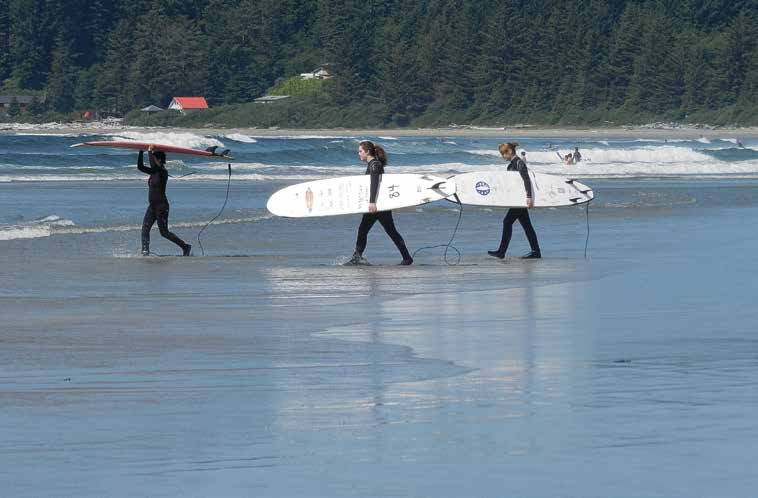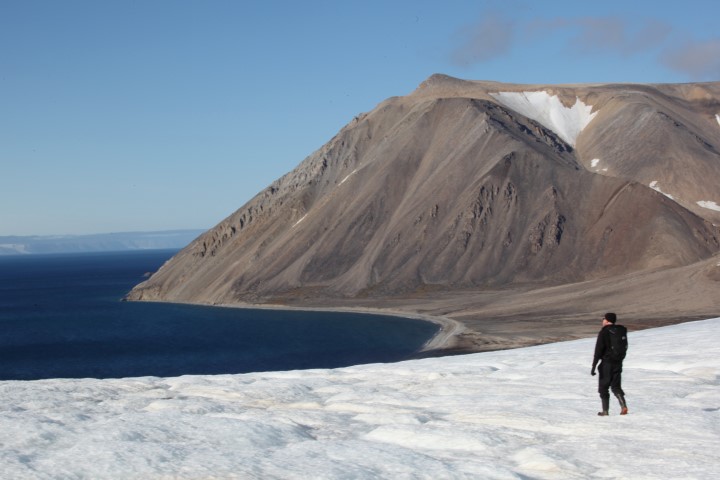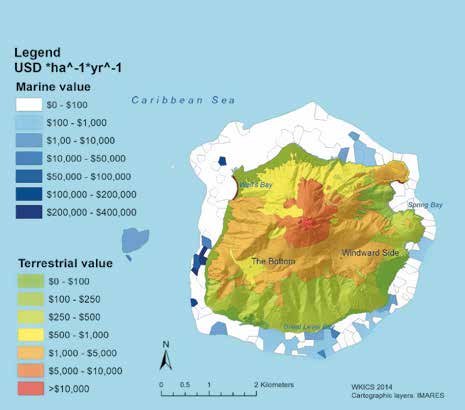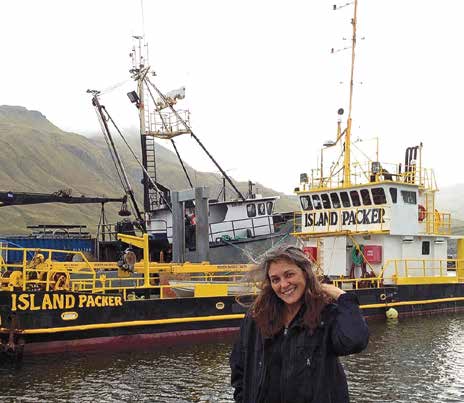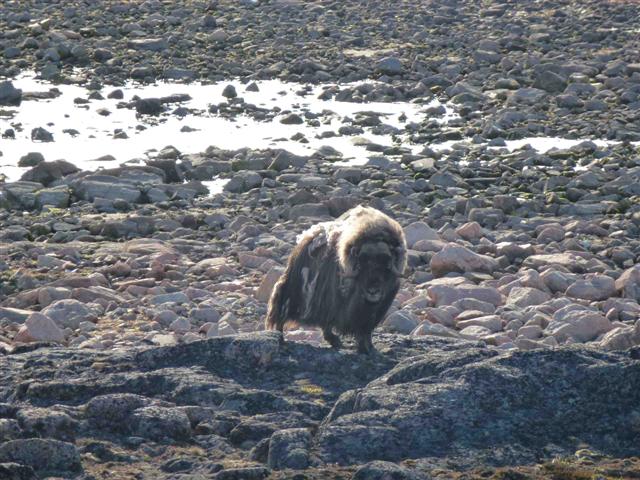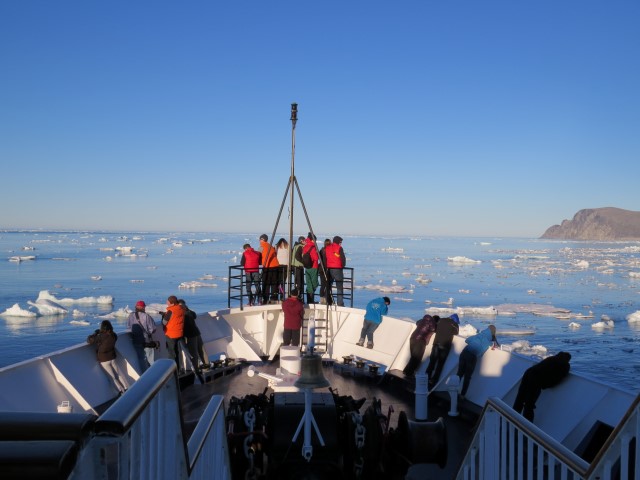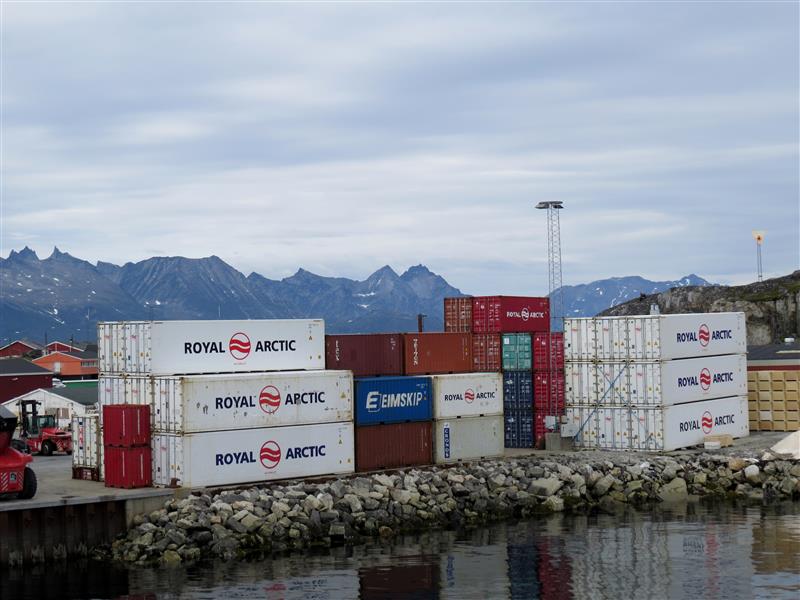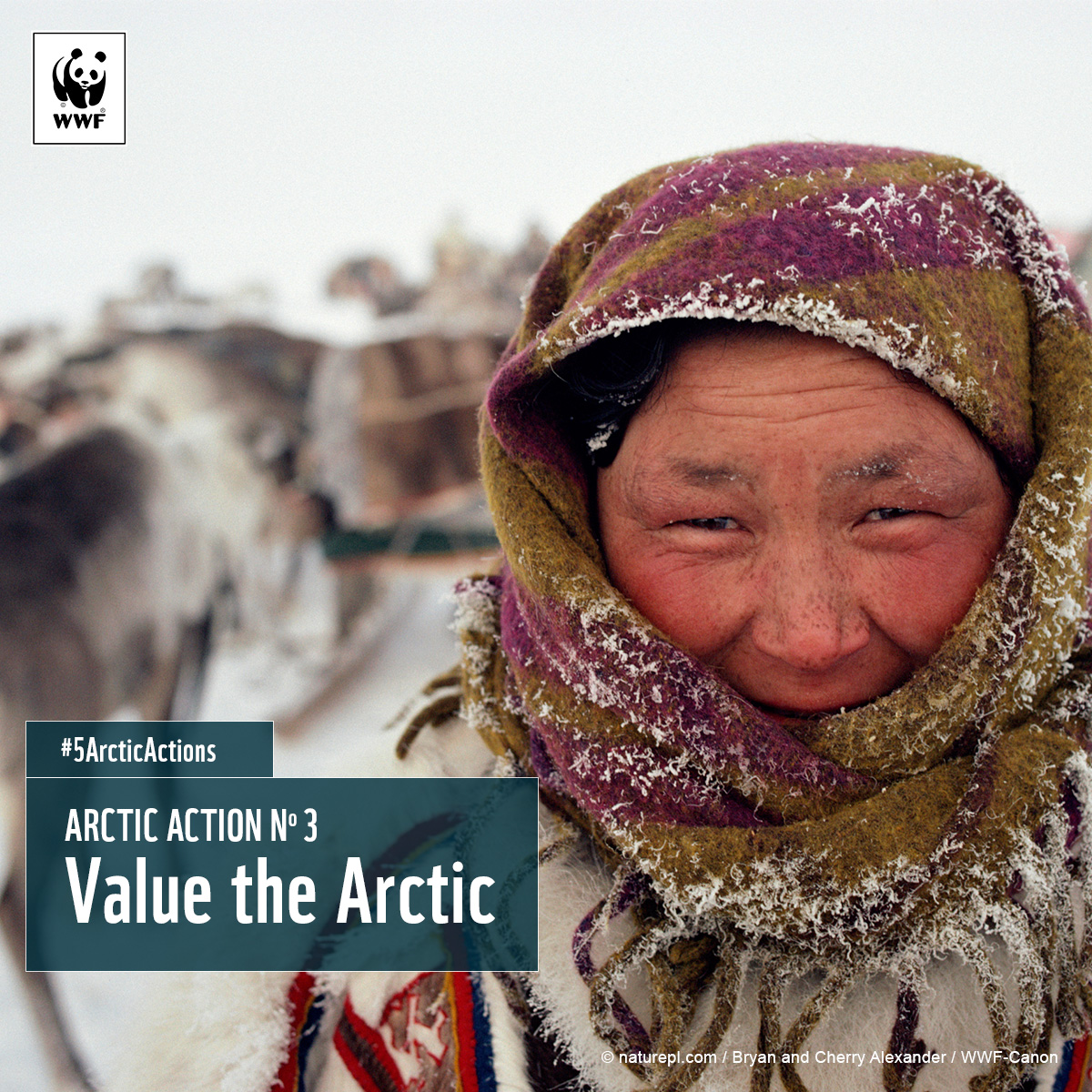This article originally appeared in The Circle 02.15.
There are a number of examples of where valuation of ecosystem services has successfully influenced policy and planning. One of those is on the west coast of Vancouver Island, Canada where one of the most diverse, collaborative marine planning processes in the world has been created. It is now serving as a model for marine planning globally. In determining the value of ecosystems and biodiversity, Stacey Solie says consensus and an inclusive decision-making process are crucial to success.

Surfers, Long Beach, Tofino, Vancouver Island. Photo: Mike Gifford, Creative Commons
Rainfall as high as 22 feet annually supports lush temperate rainforests and raging rivers, and the coast is carved into an array of fjords, inlets and bays. Of the world’s marine mammal species, one out of three live here, including thousands of gray whales that migrate along the coast on their way north to feed and south to breed. Nuu-chah-nulth Indigenous peoples have depended on the west coast’s abundant natural resources for sustenance for thousands of years. They and newer residents in the area pursue a range of livelihoods including fishing, shellfish harvesting, shipping, mining, logging, aquaculture, and supporting a growing tourism industry that brings over a million people each year to whale-watch, kayak, and camp. These activities collectively generate about US $630 million annually, with many sectors poised to grow.
Management of the coast’s resources has long created tension as different sectors are often in competition with each other for access and control. Conflict is common in populated, productive coastal areas around the world. To manage this tension, since the 1990s, residents have been laying the social groundwork for The West Coast of Vancouver Island Aquatic Management Board (WCA), which represents a uniquely inclusive and collaborative approach to coastal management that is now being replicated in other regions, including along the coastline of British Columbia through the Marine Planning Partnership (MaPP). WCA’s planning process uses ecological, economic, and social data to map resources and sensitive areas and to identify zones for development and protection. Lack of data or access to data is often one of the biggest challenges to spatial planning, but WCA was able to gather over 200 data layers, resulting in a publicly available atlas, showcasing rich information about the ecology and human uses of the region. They’ve produced a report—the Integrated Coastal and Ocean Management Strategies—one of the only examples in Canada; created the first implementation strategy under Canada’s Wild Salmon Strategy; and have carried out “millions of dollars worth of work in restoration, assessment, sustainable local fisheries, and other innovative projects,” according to Andrew Day in his report, Innovation and Communications about Marine Protection, Aquatic Conservation.
A key to the success of WCA is that its membership is comprised of trusted representatives from all levels of government including First Nations, the federal government, the Province of British Columbia, and regional representatives, together with representatives from key sectors such as fishing, aquaculture, and tourism, and from non-profit and scientific organizations. To foster widespread trust, board members engaged in extensive communications, conducting repeated community meetings over several years, collecting the community’s visions and values, sharing draft plans, receiving feedback, and continually revising products. The Board also engaged in one-on-one interviews forging and strengthening relationships with thousands of constituents as WCA developed founding principles and objectives, which grew to include sustainable economic growth that maintains the residents’ aesthetic, spiritual and cultural values.
The Natural Capital Project (NatCap) was invited by WCA to help create spatial plans, using NatCap’s approach to including nature’s benefits in spatial planning. For the initial effort the WCA/NatCap team focused on two regions – Barkley and Clayoquot Sounds, where the board faced many difficult questions about balancing growing demands on local ecosystems with conservation of the island’s unique wild character and cultural heritage.
NatCap brought additional science capacity to WCA’s planning process. NatCap developed mathematical models that predict future relationships between local people and nature-based benefits called ecosystem services, such as clean water and shoreline stability. NatCap’s tools (all of which are now available in the free, open source InVEST software) show how different development actions – such as building more homes, or permitting more aquaculture – likely affect ecosystem services such as water quality or recreation opportunities. A habitat risk assessment brought diverse stakeholders together in a participatory process to agree on the best available information and to explore the cumulative effects of multiple activities on local ecosystems and their ability to provide diverse benefits to local communities now and in the future. This clarity about how different future scenarios would play out in specific places allowed the board to engage the community in a transparent decision-making process around how to best achieve development goals along the coast. The NatCap/WCA partnership helped WCA identify clear, measurable metrics with which to measure progress toward their stated goals. These metrics are now being used to guide on-the-ground decisions as plans are continually adapted and implemented.
Stacey Solie is the interim Communications Manager for the Natural Capital Project and the co-creator and founding editor of The Nature Conservancy’s Science Chronicles, She has written for the New York Times, The Daily Beast, and other local and national news outlets.
